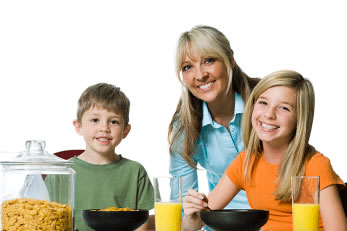The raw vegan diet is the most popular of all raw diets available today. However, it can be difficult to follow in its pure form. Most people who start a raw vegan diet have not previously been vegan, so they need some information about it before they start.
The Vegan Diet
A standard vegan diet includes no animal products at all. That means no dairy, eggs, fish or meat. Vegans will also not consume food that uses animal products or ‘labor’ in the processing, such as honey (bees) or commercially produced wine, which is filtered through fish scales unless marked vegan.

In addition, some vegans will not buy or use leather goods or silk, among other things. However, most vegans eat sugar and other refined foods.
They can be over and if they are not careful, they can suffer nutritional deficiencies – just like anybody who eats a lot of sugar and snacks.
The Raw Vegan Diet
The difference between vegan and raw vegan is that the raw vegan diet does not include any food that has been heated above 118 degrees F (some say 115 degrees), which is the limit at which the living elements of a plant will be killed.
For example, if you buy raw sunflower seeds and soak them in water, you can make them sprout in a few days, because they still have a living germ. But if you buy roasted sunflower seeds, they have no living element and will never sprout. That is why raw foods are often called ‘living foods’.
Many people believe that there are advantages to the body in eating living foods. In fact, some believe that the body reacts to cooked food as if it were poison. Of course, this has not been scientifically proven.
The raw option cuts out most of the unhealthy aspects of a standard vegan diet, such as sugar. However, following a diet that is 100% raw also means not taking vitamin and mineral supplements, which may be keeping many vegans healthy.
For example B12 is an essential vitamin that is only found in animal products. It must be taken as a supplement by long term vegans.
Going raw also removes other vegan staples such as tofu and other soy-based products, bottled sauces, and cooked beans. Some beans can be included in the diet in their sprouted form.
Alternatives To The Raw Vegan Diet
If after reading this you decide that the raw vegan diet is not for you, there are variations that may still give you a lot of the potential health benefits of a raw vegan diet.
First, you can be 100% raw without being vegan. You might follow a raw vegetarian diet which could include unpasteurized dairy products and perhaps raw eggs. Including dairy products will take care of many of the concerns that people have about calcium on a raw vegan diet. However, you need to be aware that there are certain health risks in consuming unpasteurized dairy.
Second, you can be vegan without being 100% raw. This option allows you to follow a high raw diet while still using some cooked or processed foods such as tofu or vitamin and mineral supplements. Most people will have to do this if only because of the B12 requirement, if they plan to follow a raw vegan diet for a number of years.
 | This is my recommendation for a cheap and easy book to learn the essentials of the Raw Food Diet. Whether you want to start today doing Raw completely or if you just want to test out the Raw Food waters this book is a must. This specific easy to use Raw Food diet will help you lose weight, look younger, and have great energy. Learn more about Raw Food here now. |




